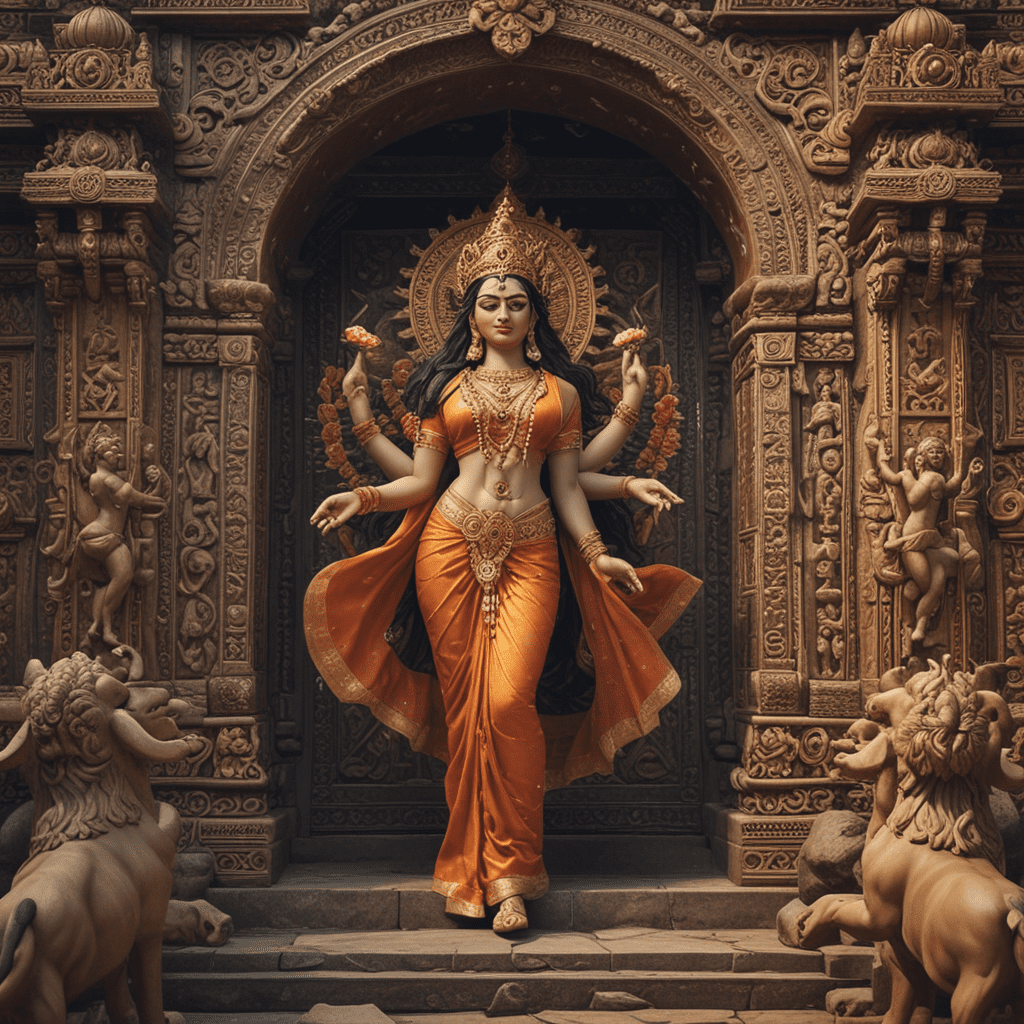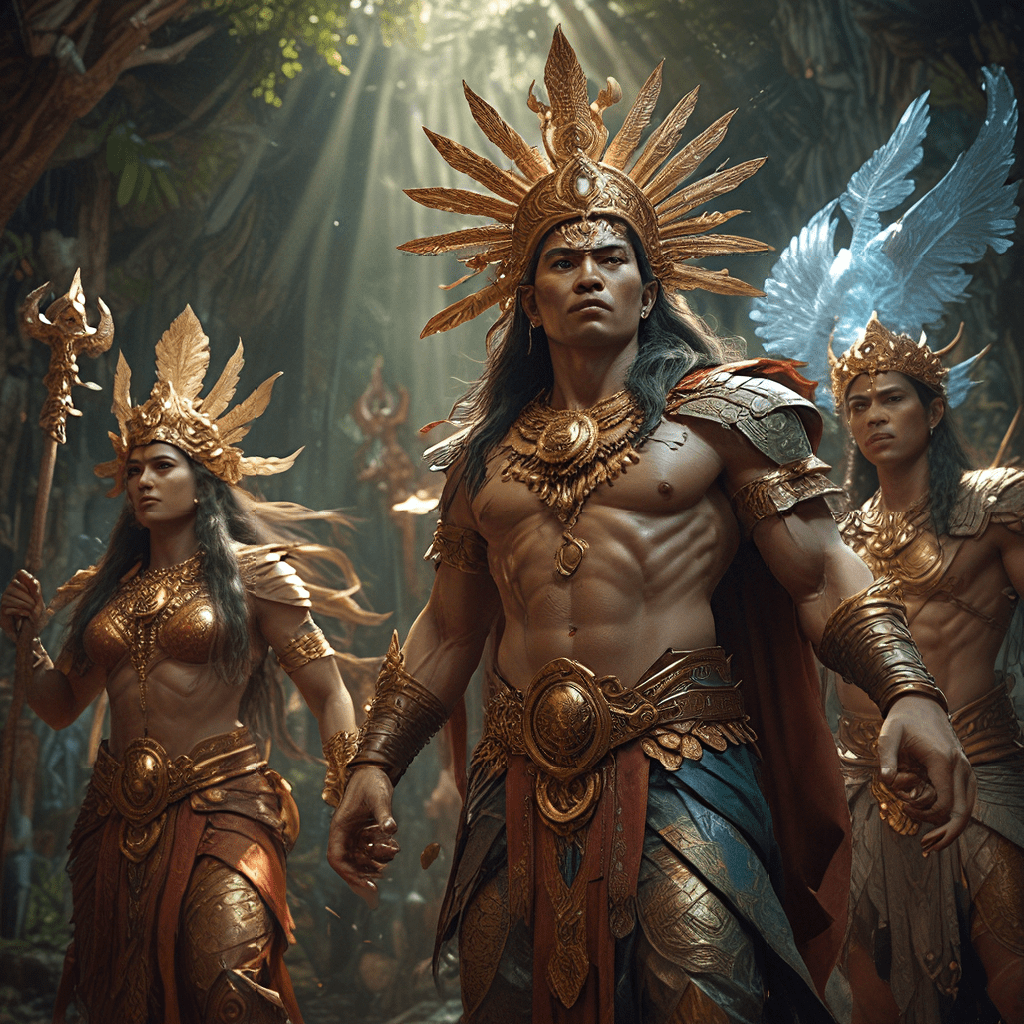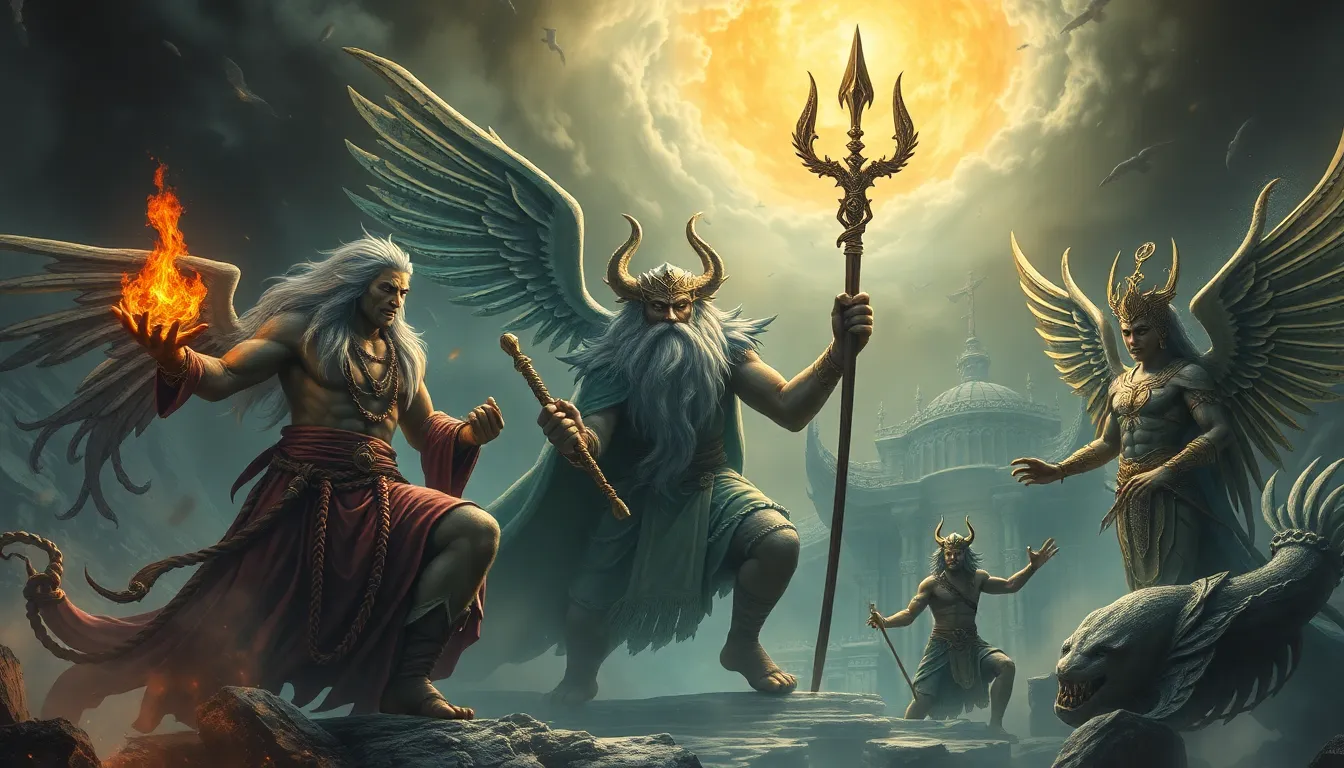The Tale of Shakti Peethas: Sacred Shrines of Devi
Introduction
The concept of Shakti Peethas is deeply rooted in Hindu mythology and holds immense religious significance. Shakti Peethas are revered as sacred shrines dedicated to Devi, the divine feminine energy. Devi is worshipped in various forms, each associated with a specific Shakti Peetha. Understanding the origin, location, and spiritual significance of these shrines offers a glimpse into the transformative power and presence of Devi in Hinduism.
The Origin of Shakti Peethas
Mythology narrates the tragic tale of Sati, Lord Shiva's beloved wife, who self-immolated in protest against her father Daksha's disrespect towards Shiva. Legend has it that Lord Shiva, consumed by grief, carried Sati's lifeless body and performed the Tandava, a cosmic dance of destruction. As he danced, Sati's body parts fell to earth, creating 51 Shakti Peethas. Each Peetha is believed to represent a different body part of Devi, symbolizing her presence and power throughout the universe.
The 51 Shakti Peethas
The 51 Shakti Peethas are distributed across the Indian subcontinent, from the Himalayas to the southernmost tip of India. Each Peetha has its unique characteristics and mythology, associated with a specific form of Devi. Some notable Peethas include:
- Kamakhya Temple in Assam, where Devi is worshipped as Kamakhya, the goddess of desire and love.
- Kalighat Temple in Kolkata, dedicated to the fierce form of Devi, Kali, who is associated with death and destruction.
- Vaishno Devi Temple in Jammu and Kashmir, where Devi is revered as Vaishno Devi, a manifestation of Goddess Lakshmi.
VI. The Tantric Significance of the Peethas
Shakti Peethas hold immense importance in Tantric practices. Tantra is a spiritual tradition that focuses on the worship of Devi and the attainment of enlightenment through the awakening of kundalini energy. The Peethas are believed to be energy vortices, where the cosmic energy of Devi is concentrated. Practitioners of Tantra visit these shrines to connect with Devi's power and facilitate their spiritual evolution.
VII. The Spiritual Elevation through Shakti Peethas
The presence of Devi at the Shakti Peethas is believed to have a transformative effect on devotees. Through worship and meditation at these sacred sites, individuals can experience inner alignment, spiritual awakening, and liberation from worldly attachments. The energy of Devi can purify the mind, heal emotional wounds, and guide seekers towards enlightenment.
VIII. The Preservation and Protection of Shakti Peethas
Due to their historical and cultural significance, the preservation and protection of Shakti Peethas are imperative. Many of these shrines are centuries-old and bear immense architectural and artistic value. Conservation efforts are underway to restore and maintain the integrity of the Peethas. Additionally, it is essential to promote awareness about their importance and encourage responsible tourism at these sacred sites.
IX. Shakti Peethas in Literature and Art
The Shakti Peethas have been depicted in ancient texts, folk tales, and artistic representations for centuries. The Puranas, which are sacred Hindu scriptures, provide detailed accounts of the origin and significance of the Peethas. In addition, numerous literary works and folk songs have been inspired by these sacred shrines. Artistically, the Peethas have been portrayed in paintings, sculptures, and temple architecture, showcasing their beauty and spiritual significance.
X. Conclusion:
The Shakti Peethas are revered as sacred shrines dedicated to Devi, the divine feminine energy. Their origin, distribution, and spiritual significance offer insights into the intricacies of Hindu mythology and the profound power of Devi. These shrines are not merely places of worship but also centers of spiritual awakening and transformation. By honoring, preserving, and visiting the Shakti Peethas, devotees can connect with the divine energy of Devi and embark on a journey towards enlightenment.
FAQs
Q: How many Shakti Peethas are there?
A: There are 51 Shakti Peethas distributed across the Indian subcontinent.
Q: What is the significance of Devi's body parts in the Shakti Peethas?
A: Each Shakti Peetha is believed to represent a different body part of Devi, symbolizing her presence and power throughout the universe.
Q: Why are Shakti Peethas considered sacred?
A: Shakti Peethas are considered sacred because they are believed to be energy vortices, where the cosmic energy of Devi is concentrated.
Q: Can anyone visit the Shakti Peethas?
A: Yes, anyone can visit the Shakti Peethas. However, it is important to be respectful and observe the local customs and traditions when visiting these sacred sites.



